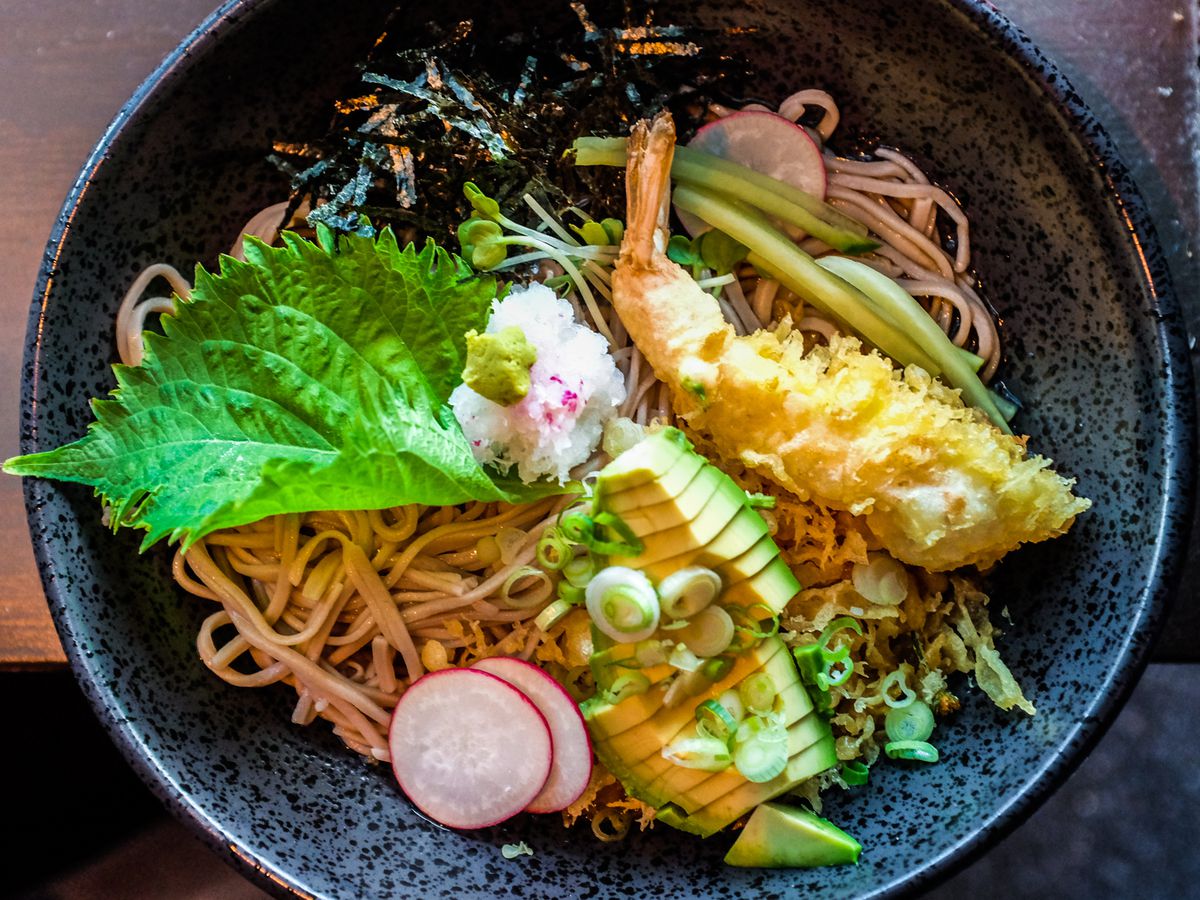Italian pasta and Japanese ramen are two popular noodle dishes that have unique differences. Italian pasta originated in Italy, while Japanese ramen was introduced to Japan from China. The ingredients in pasta typically include wheat flour and eggs, while ramen consists of wheat noodles in a meat or fish-based broth. The preparation methods also differ, with pasta boiled and mixed with sauce, while ramen has a broth that is simmered for hours before adding noodles. Both dishes hold cultural significance in their respective countries, with pasta being a staple in Italian cuisine and ramen being a favorite comfort food in Japan.
Italian Pasta vs. Japanese Ramen: A Noodle Knockdown
Introduction
When it comes to noodles, there are two heavyweights that come to mind: Italian pasta and Japanese ramen. Both are popular dishes that have been enjoyed by people all over the world. However, there are differences between the two that make them unique in their own right. In this article, we’ll take a closer look at Italian pasta and Japanese ramen, and compare and contrast the two.
Origin
Italian pasta is believed to have originated in Italy around 1154. However, this is contested by some who believe it was actually introduced by Arabic traders. Regardless of its origin, pasta has become a beloved staple in Italian cuisine and has spread to other parts of the world.
Japanese ramen, on the other hand, originated in China, but was introduced to Japan in the late 1800s. Over time, it has evolved to become a unique Japanese dish.
Ingredients
Italian pasta is typically made from wheat flour and eggs. The type of flour used can vary, but durum wheat flour is common in Southern Italy. Pasta can come in a variety of shapes and sizes, from spaghetti to penne to lasagna. It can be served with a variety of sauces, such as tomato-based sauces, cream-based sauces, or simply olive oil and cheese.
Japanese ramen consists of Chinese-style wheat noodles served in a meat or fish-based broth, often flavored with soy sauce or miso, and topped with various toppings such as sliced pork (chashu), dried seaweed (nori), and green onions. Ramen broth can be made in a variety of ways, such as pork bone (tonkotsu) or chicken (shoyu).
Preparation
Cooking pasta involves boiling the noodles in salted water until they are al dente, or firm to the bite. The pasta can then be drained and mixed with the desired sauce.
Ramen noodles are typically cooked in boiling water, but the broth is the star of the dish. The broth is often simmered for hours with various ingredients to infuse it with flavor. Once the broth is ready, the noodles are added and cooked for a short period of time.
Cultural Significance
Italian pasta holds a significant place in Italian culture, where it is often the centerpiece of family meals and celebrations. It has also become a staple across the world, with different variations and styles.
In Japan, ramen has become a favorite comfort food, enjoyed by people of all ages. Ramen shops are widespread throughout Japan, and regional varieties have emerged, each with their own unique flavor.
Conclusion
While both Italian pasta and Japanese ramen are made from noodles, they are distinct dishes with their own unique history, ingredients, preparation methods, and cultural significance. Whether you prefer the classic simplicity of pasta or the savory complexity of ramen, one thing is for sure: both are delicious in their own right.
